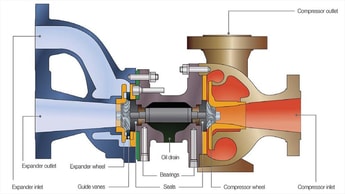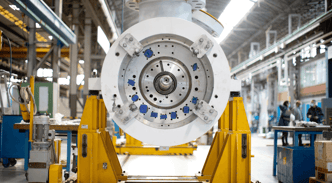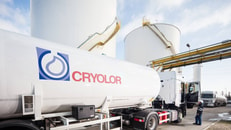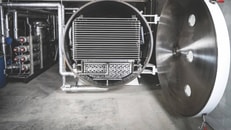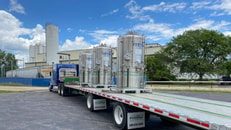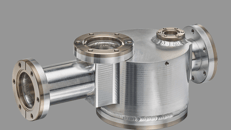Expanding Gases and Profits
Since the discovery of the Joule-Thomson (JT) Effect almost 150 years ago, scientists and engineers have pursued the efficient separation and liquefaction of air using low-temperature distillation. Reducing production costs of industrial gases is fundamental not only to the industrial gas industry but also to the viability of efficient and environmentally responsible global energy solutions, such as oxygen-based synthesis gas production and the liquefaction of natural gas using nitrogen as a refrigerant.
With the introduction of cryogenic turbo expanders, the JT valve has now become obsolete in the air separation process. This article provides a brief overview of how turbo expanders increase efficiency in the air separation process and why they have replaced the JT valve in commercial air separation plants.
The Joule–Thomson (JT) Effect refers to the temperature change of a gas or liquid that accompanies an adiabatic pressure drop. Older air separation plants operating on the JT Effect used high-pressure (200 atmosphere) compressors to obtain the necessary temperature drop across the JT valve. The cold, lowpressure discharge from the JT valve would then pre-cool the high-pressure gas at the JT valve inlet; this “bootstrap” process achieved the temperature necessary to liquefy air in a few hours. While the JT valve itself is inexpensive, significant maintenance and safety costs are incurred by the high-pressure reciprocating compressors and subsequent lubricant removal from the process gas.
... to continue reading you must be subscribed


